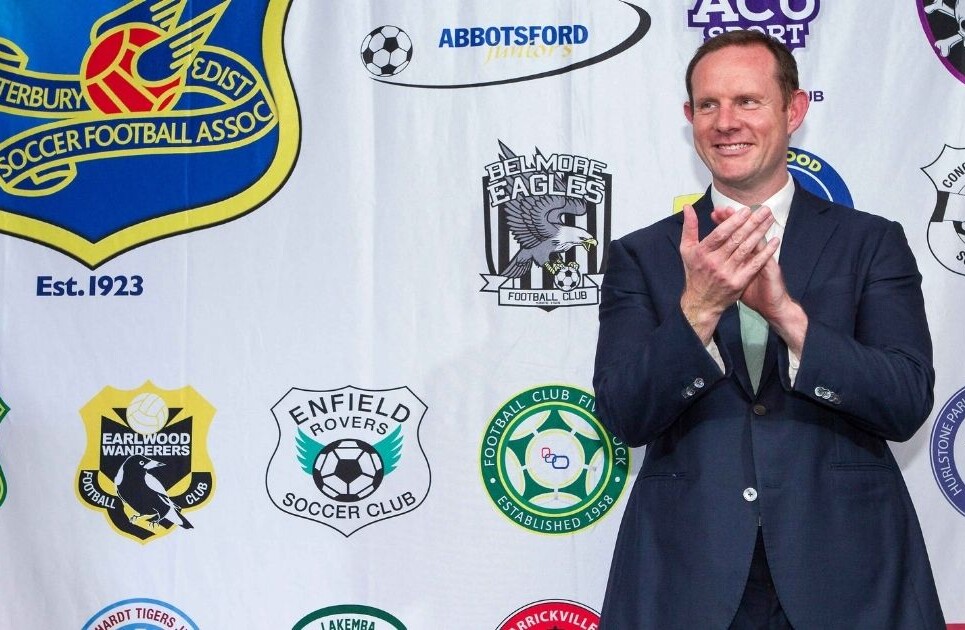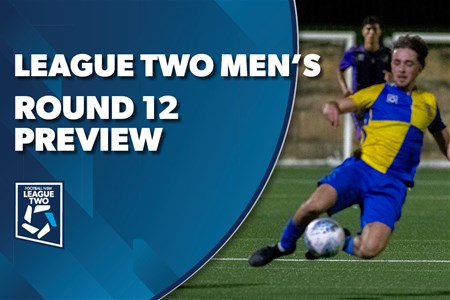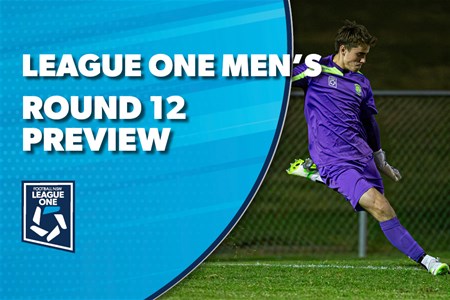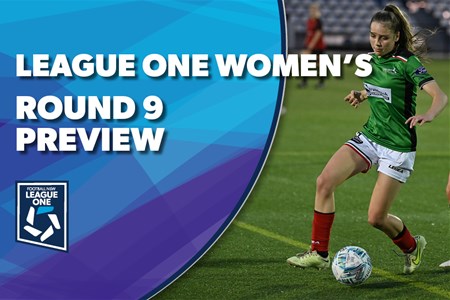More synthetic surfaces on the way in Sydney’s Inner West

Canterbury District Soccer Football Association clubs have been met with exciting news that both Tempe Reserve and Leichhardt Oval No. 2 will receive synthetic surfaces thanks to the Inner West Council and strong lobbying by the local Association.
In a move that will please the thousands of participants playing the round ball game within the Inner West area, this positive news will also benefit the many female footballers as numbers continue to grow with the FIFA Women’s World Cup set to be held in 2023 as a main driving force behind this.
CDSFA also features some of the largest clubs in NSW with Balmain DFC (2,800), Marrickville FC (1,800) and Leichhardt Saints (1000) while two rapidly growing clubs Burwood FC and Ashfield Pirates who continue to make noise in the Inner West Council LGA.
The need for synthetic fields in the area has been a major talking point for quite some time and the timing of both Tempe Reserve and Leichhardt Oval No. 2 receiving such an upgrade has come at an ideal moment in lieu of player registrations set to kick off for the 2021 Football season.
The Mayor of the Inner West Council Darcy Byrne, a former footballer himself, knows too well what this will mean for the sport of football as it continues to grow following what has been a tough year due to COVID.
“Synthetic turf allows for more use of our fields, not only for football, but for the vast majority of sporting codes. Installing synthetic surfaces more than doubles the playing and training capacity of a sportsground, especially during wet weather.
“Inner West Council is committed to installing synthetic surfaces at more sporting grounds to meet the growing demand from local families for more spaces to play. Planning to provide new synthetic fields at Tempe Reserve and Leichhardt No. 2 is well under way.
“At Tempe Reserve, we have an opportunity to create a regional sporting precinct that will benefit the whole of the Inner West and the wider region.
“I am also working with our football clubs and other codes to push the NSW Government to create a new 10-hectare sport and recreation precinct for local clubs in the proposed “Rozelle Parklands” at the current WestConnex construction site. This is a once in a generation opportunity to increase the provision of sporting facilities that will cater for generations to come. This will only be realised if all clubs come together to ensure that the NSW Government delivers on the full potential of this new site.
“The recent confirmation that Leichhardt No. 2 will be upgraded with a synthetic surface is a big win for all the girls and women who play football across the Inner West.
“The truth is that the explosion of female sports participation demands new facilities, that can be used more intensively, otherwise girls and women will continue to be turned away from the health and social benefits of community sport.
“Demand for access to quality playing fields in our local area continues to grow year on year and without more capacity on our fields,
“I am very happy that synthetic surfaces will see increased access and participation for our local clubs.
“COVID has undoubtedly had a massive impact on all local clubs throughout the Inner West, and Council has been doing whatever we can to support teams. I have though been overwhelmed but unsurprised by the assistance that clubs have made to support our broader community through the crisis.
“As you would know, the simple truth is that grassroots sport is the largest volunteer force in this country. In the Inner West, this was most clearly on display with the amazing support members from all sports, but especially the Play for Lives campaign.
“This saw members from teams right across the Inner West come together to support the work of Addison Road Community Centre in providing emergency food and other supplies to Inner West residents. If it had not been for the volunteers from our sport clubs then this service would not have been able to help the thousands of locals who relied on more support than ever through COVID.”
Canterbury District Soccer Football Association CEO Ian Holmes praised the Council’s decision as he and his board continue to do their bit in ensuring the sport is played all year round.
“The CDSFA views the encouraging decision by the Inner West Council to move forward with the inclusion of the construction of synthetic fields in the plans of management for Tempe Reserve and Leichhardt Park to assist in addressing the intensification of use on existing playing fields and the critical shortage of community football fields in the Inner West Council LGA.
“The Association and two of our Clubs, namely Marrickville FC and Leichhardt Saints FC have been active in advocating for this investment in the new technology which has developed in the synthetic surface industry.
“The majority decision of the Council will assist in the Association building the capacity to properly cater for female participants in football. The growth in female registrations continues to be sustained and this will be supercharged in the coming seasons leading into Australia hosting the FIFA Women’s World Cup in 2023.
“Synthetic fields deliver a safe playing surface, unlike grass fields which become difficult to maintain in the autumn-winter period due to intensive use by many elements of the community, not just football.
“The Association acknowledges Mayor Darcy Byrne for championing the cause, particularly as current and future female participants will be major beneficiaries of this decision as modern facilities are designed to take account of the needs and safety of young girls and women.”
One of the key pillars from the NSW Football Infrastructure Strategy 2020-30 is to improve the existing venue capacity of football venues across the state.
By increasing the capacity of venues across NSW the sport can continue to grow and allow more people to participate in the world game. With a FIFA Women’s World Cup in just over 2 and ½ years the importance to increase capacity at community football venues has never been so important. The World Cup will no doubt see a spike in participation across the entire state and country which we as a sport need to be prepared for.
There are 58 synthetic playing fields used for club football competition in NSW, with this number continually increasing. The benefits of providing synthetic surfaces are well documented and their ongoing provision form a strong objective within the NSW Football Infrastructure Strategy.
When synthetic fields are delivered in the correct manner, through professional design and construction methodologies that are ‘site suitable’, their use can be significantly maximised.
In many cases, a full-size synthetic playing field (with multiple small-sided options), floodlit to match capable standards can deliver up to 2.2 times the utilisation hours of grass pitches. In areas where opportunity to deliver new playing fields is limited and demand is exceeding capacity, synthetic fields need to be considered as a viable option to manage participation and field quality challenges.



